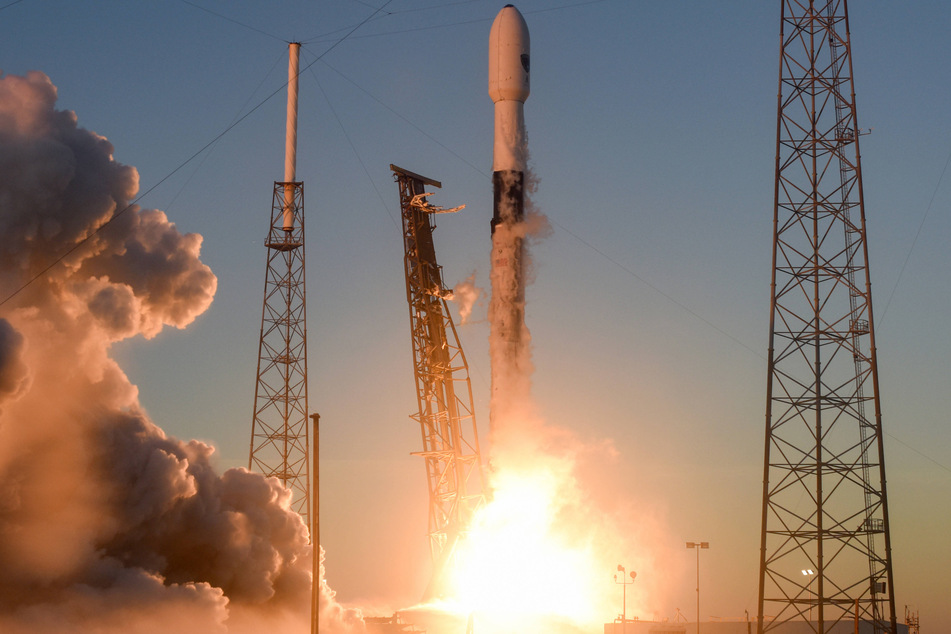NASA picks Lockheed Martin to develop nuclear rocket with plans for Mars mission
Washington DC - NASA and the US military said Wednesday they had selected defense contractor Lockheed Martin to develop a nuclear-powered rocket, with a view to using the technology for missions to Mars.

The Demonstration Rocket for Agile Cislunar Operations (DRACO) program may launch as soon as 2027, officials said on a call.
Nuclear thermal propulsion (NTP) systems could cut journey times, increase fuel efficiency, and require less propellant, meaning future spacecraft could carry larger payloads than today's best chemical rockets.
NTP works by pumping a liquid propellant, in DRACO's case cryogenic hydrogen, through a reactor core, where uranium atoms split apart through fission.
The process superheats the propellant, converting it into a gas and funneling it through a nozzle to produce thrust.
"These more powerful and efficient nuclear thermal propulsion systems can provide faster transit times between destinations," said Kirk Shireman, vice president of Lunar Exploration Campaigns at Lockheed Martin Space.
"Reducing transit time is vital for human missions to Mars to limit a crew's exposure to radiation," he added.
New space travel technology could "revolutionize" upcoming missions
BWX Technologies will be responsible for developing the nuclear reactor and propellant.
For safety purposes, DRACO's reactor will not be turned on until the spacecraft has reached a high orbit.
Shireman added that the technology could also "revolutionize" future missions to the Moon, where NASA plans to build long-term habitats as part of the Artemis program.
NASA conducted its last nuclear thermal rocket engine tests more than 50 years ago, but the program was abandoned due to budget cuts and Cold War tensions.
Cover photo: IMAGO / UPI Photo
